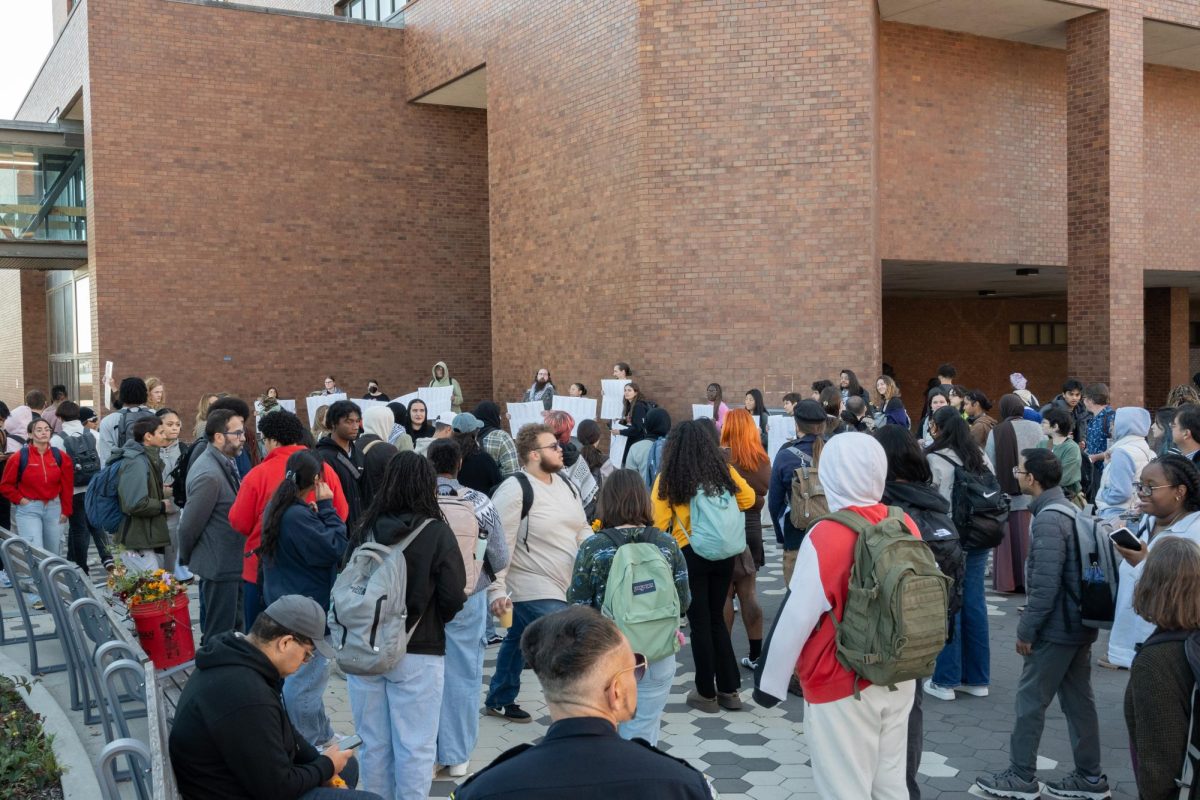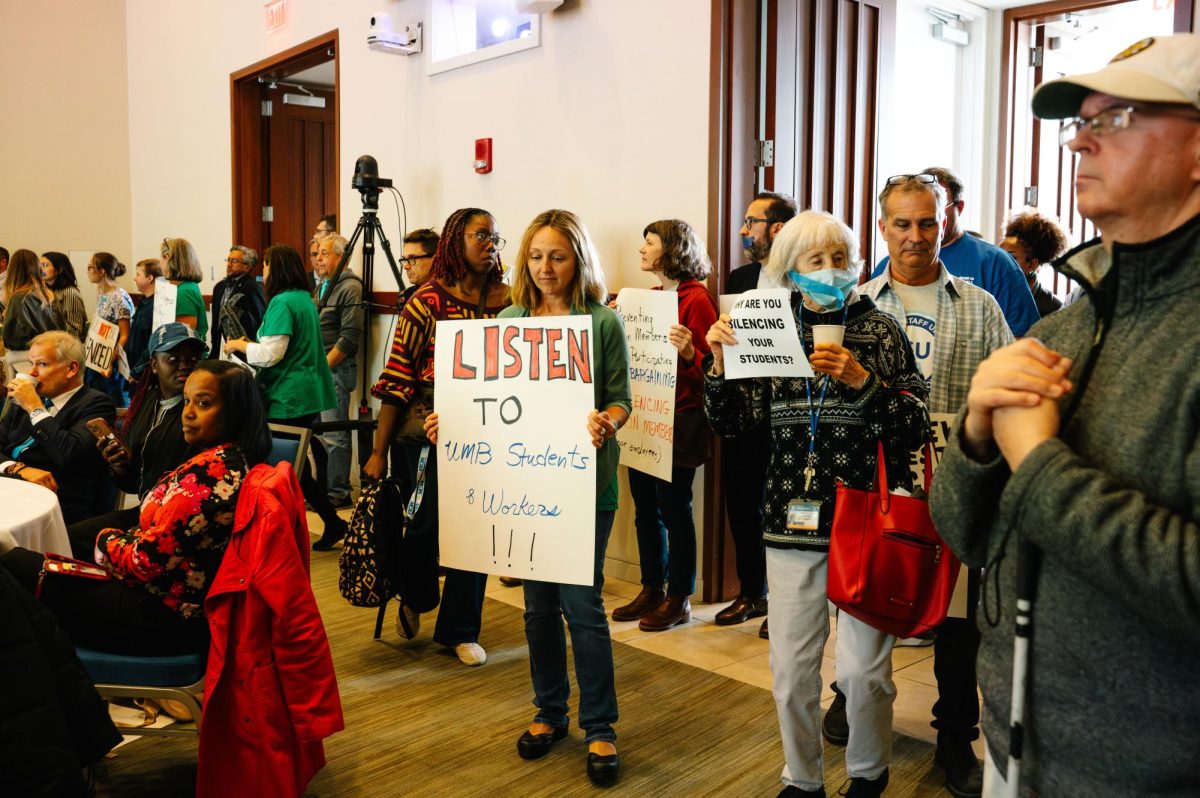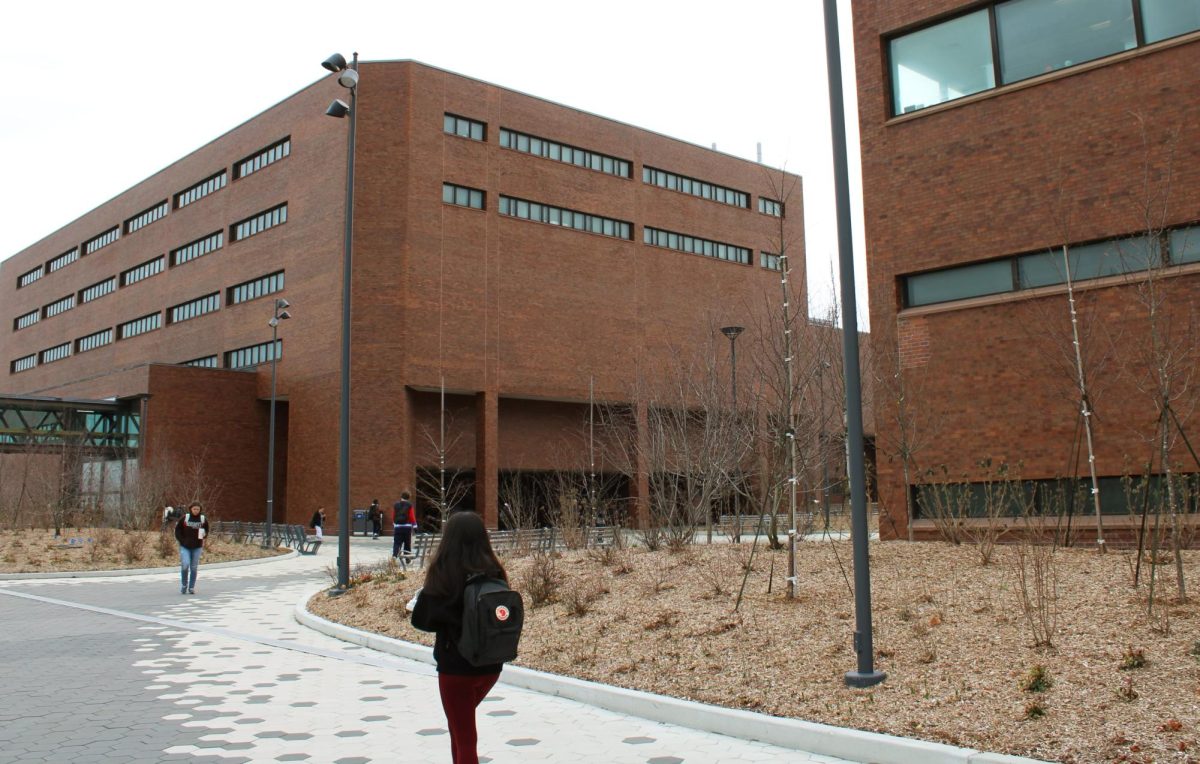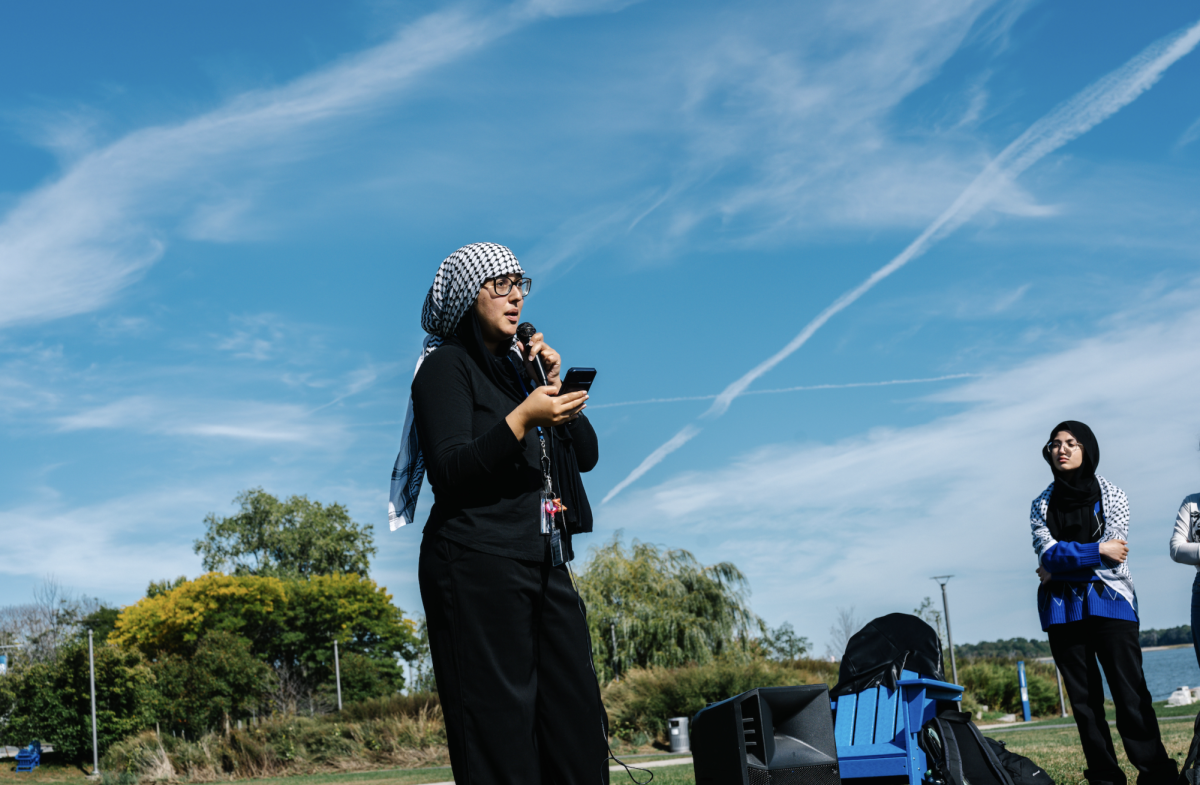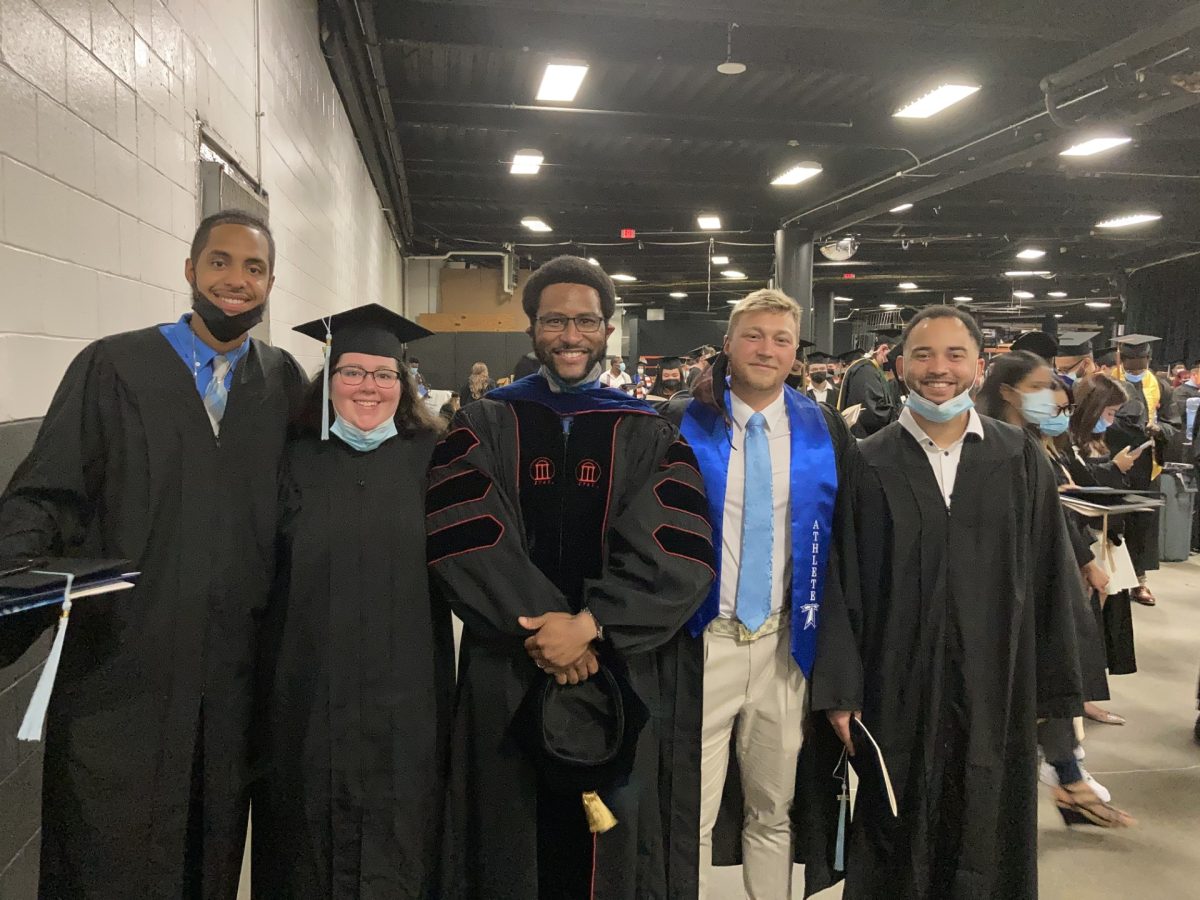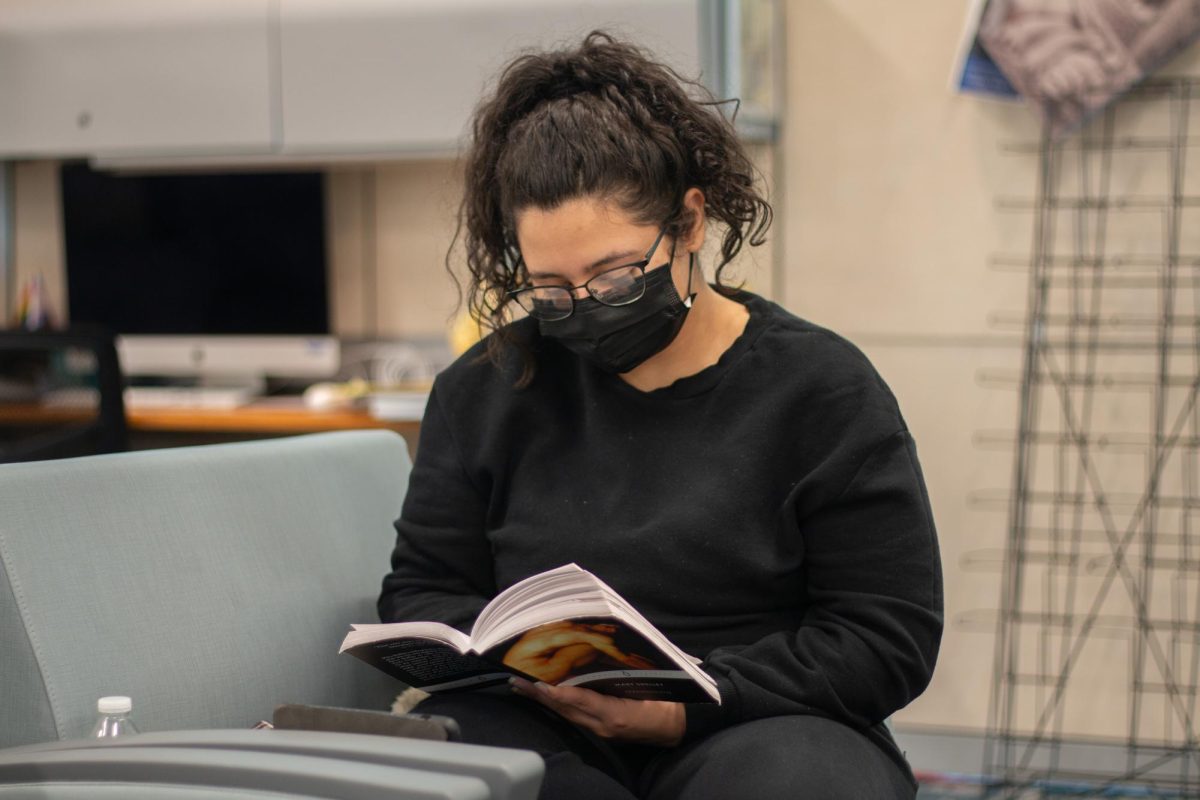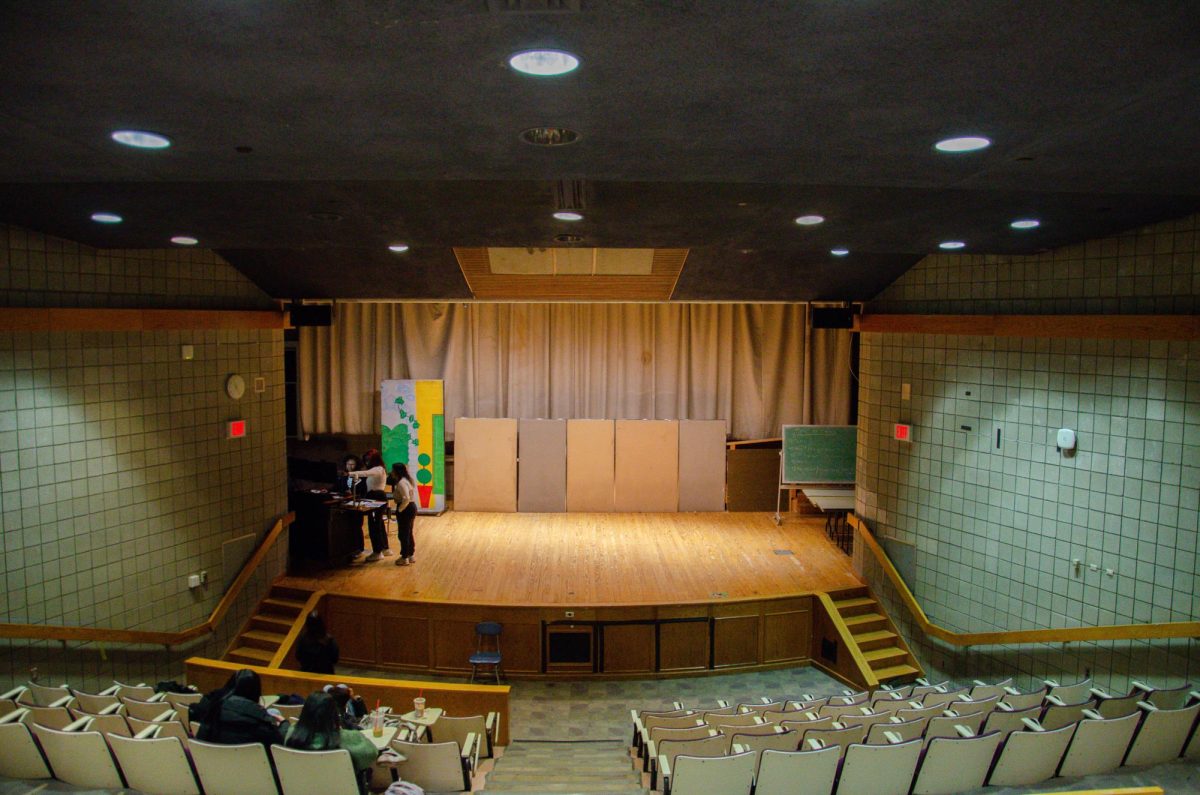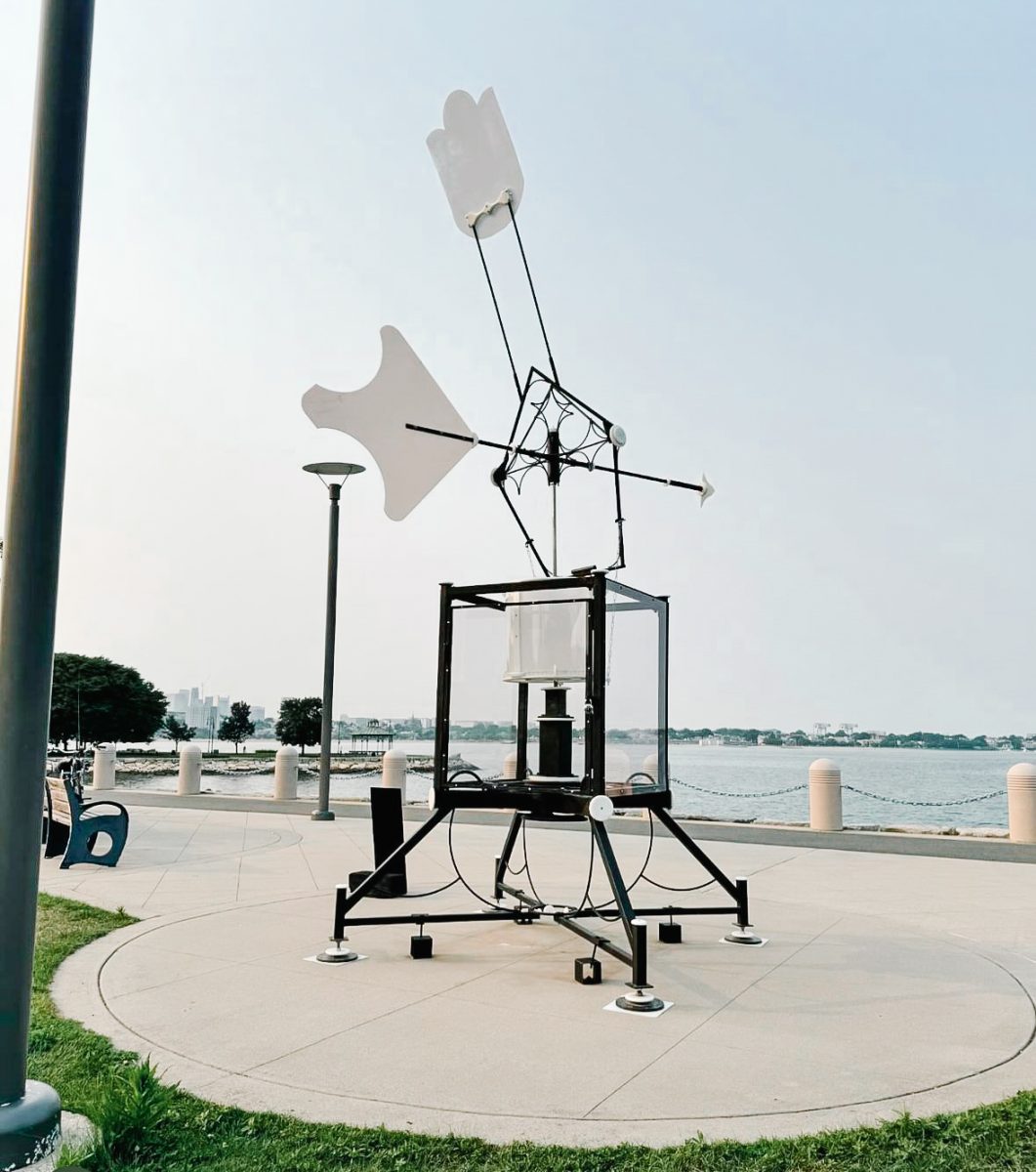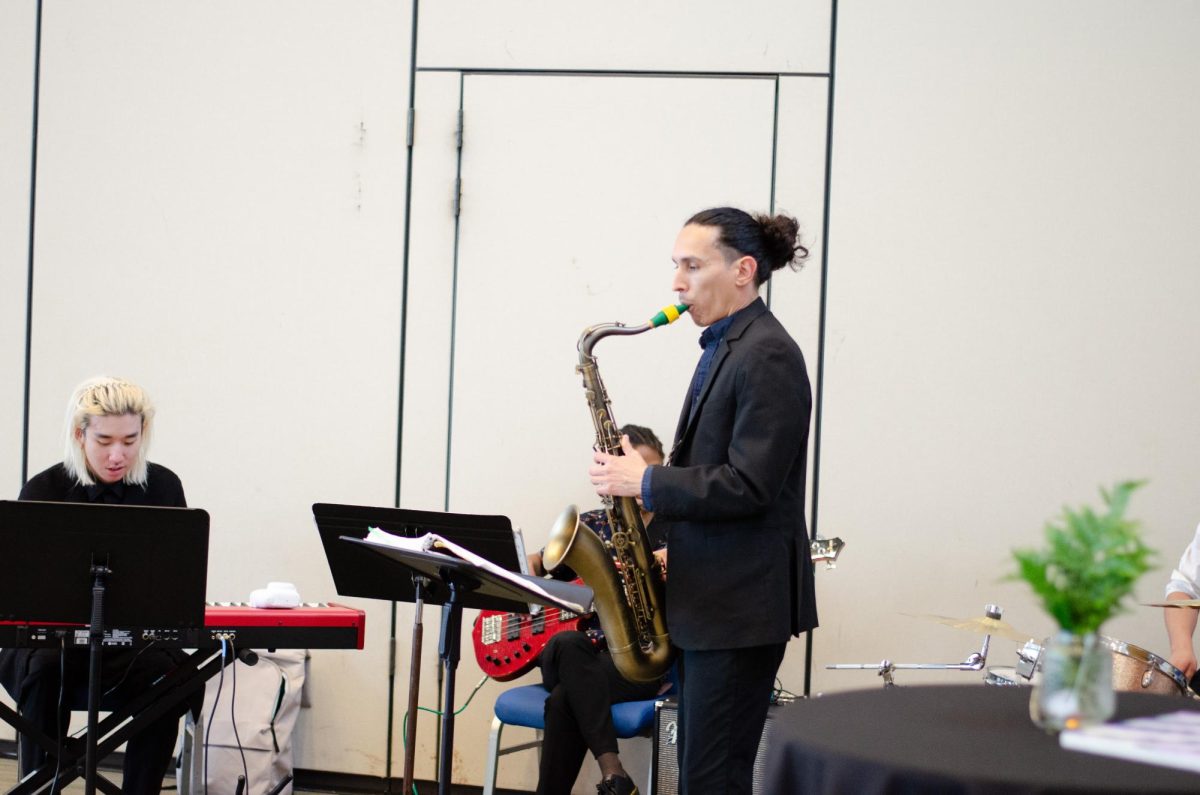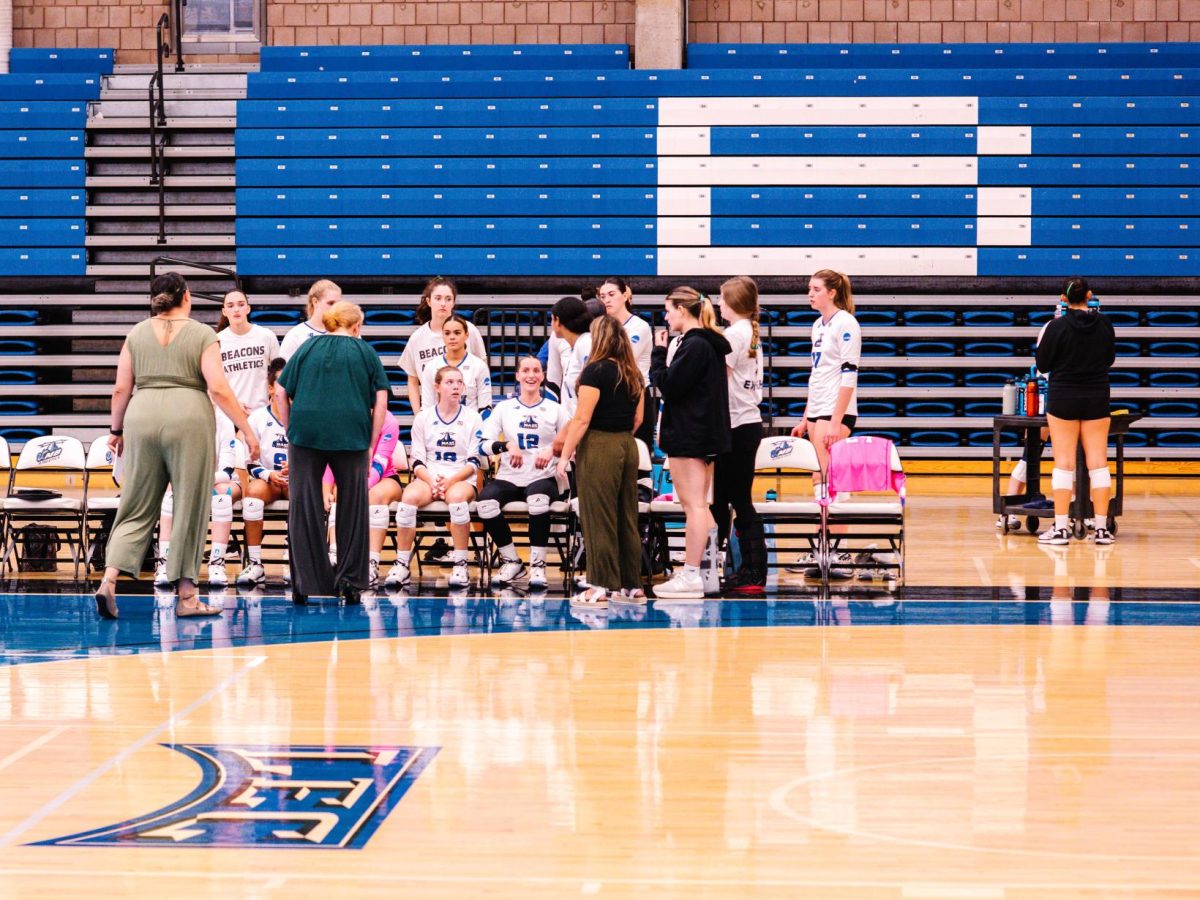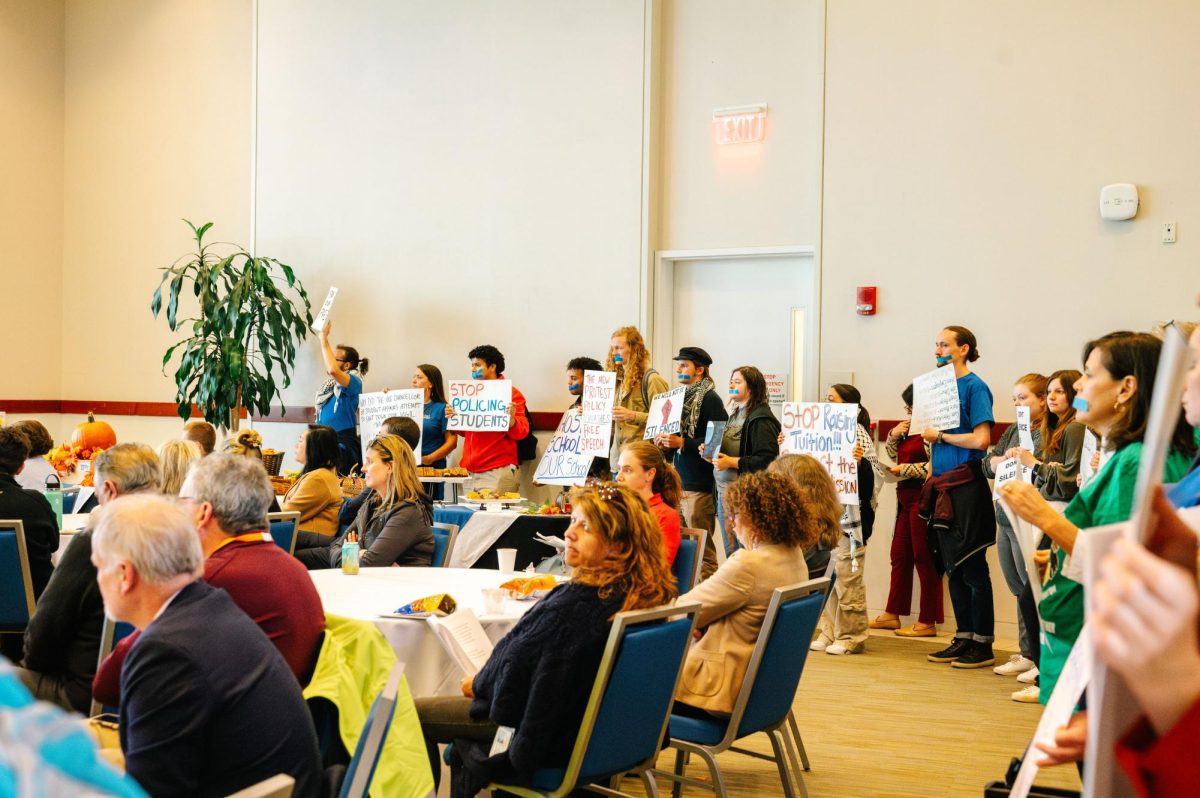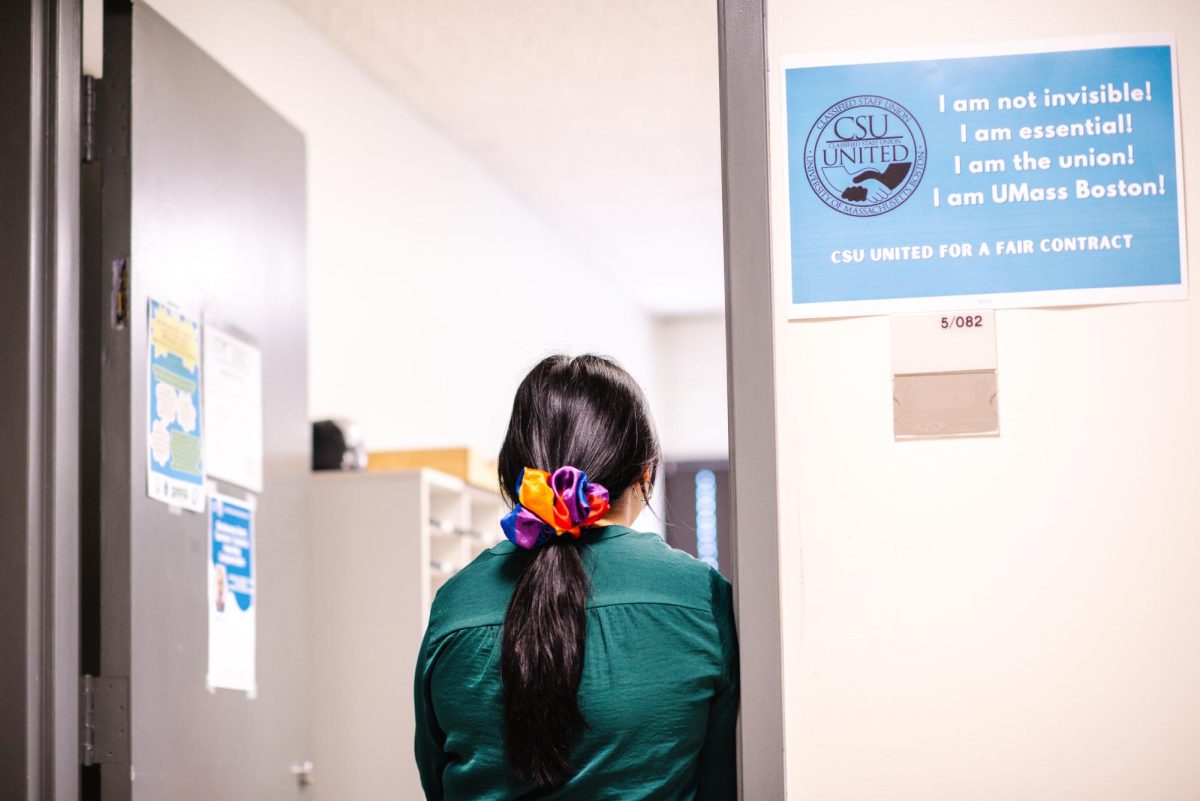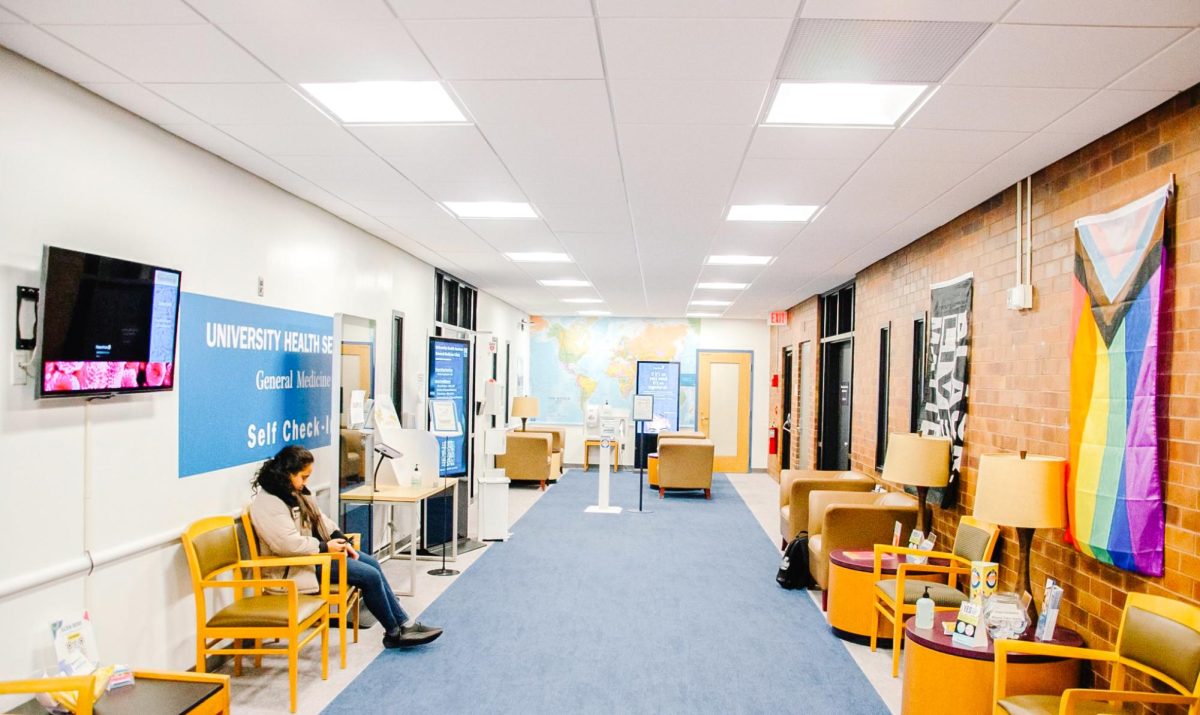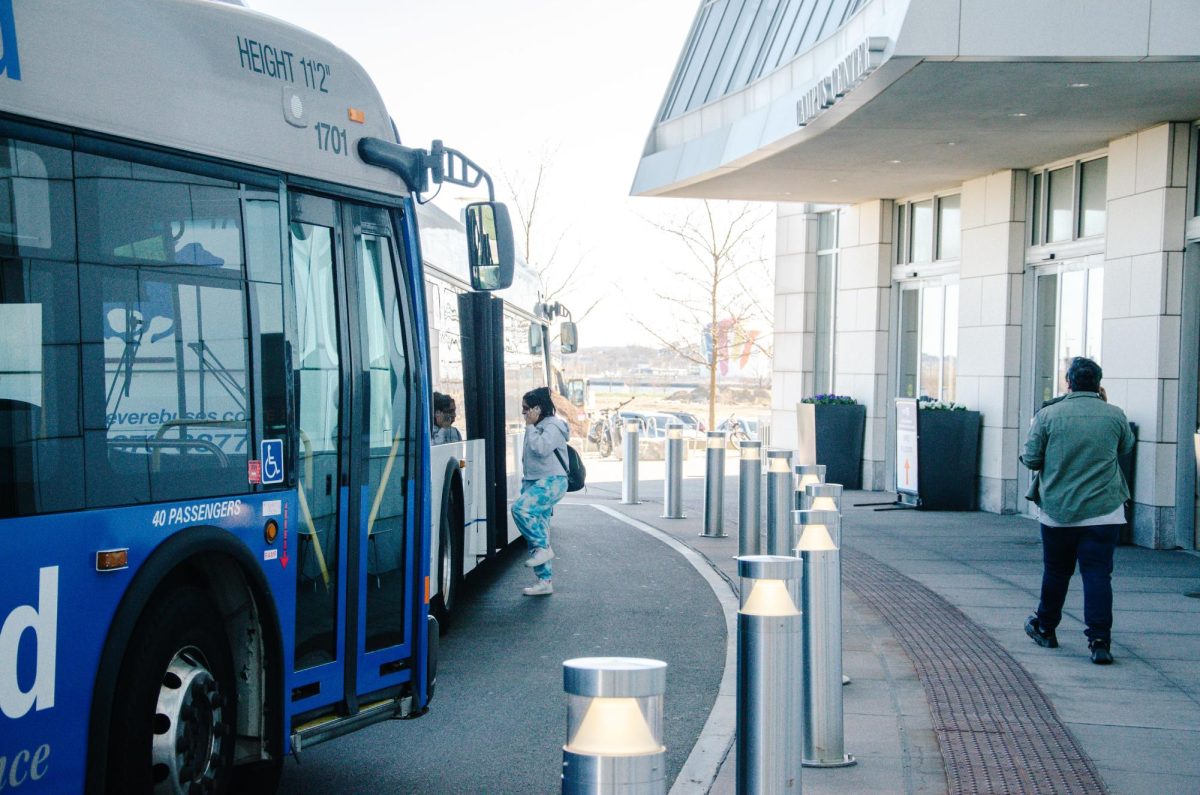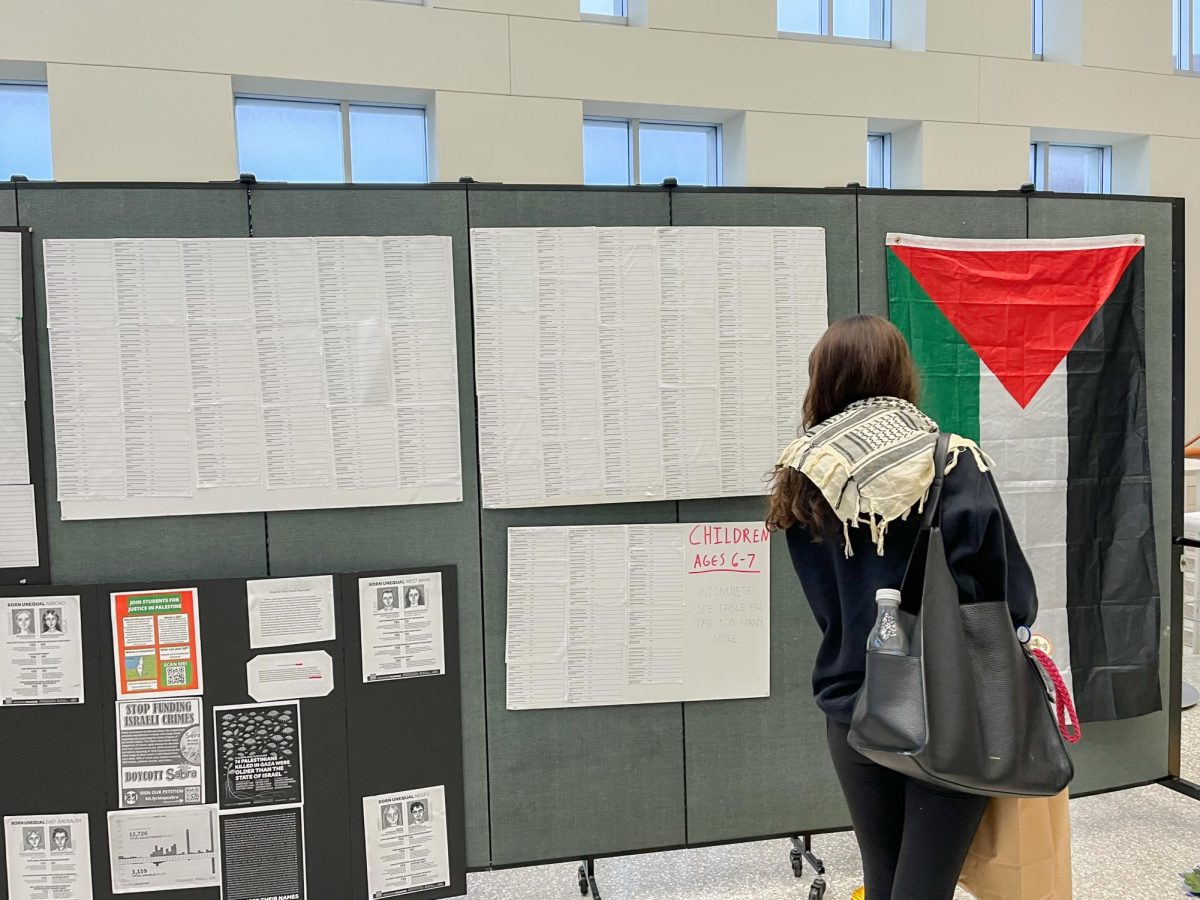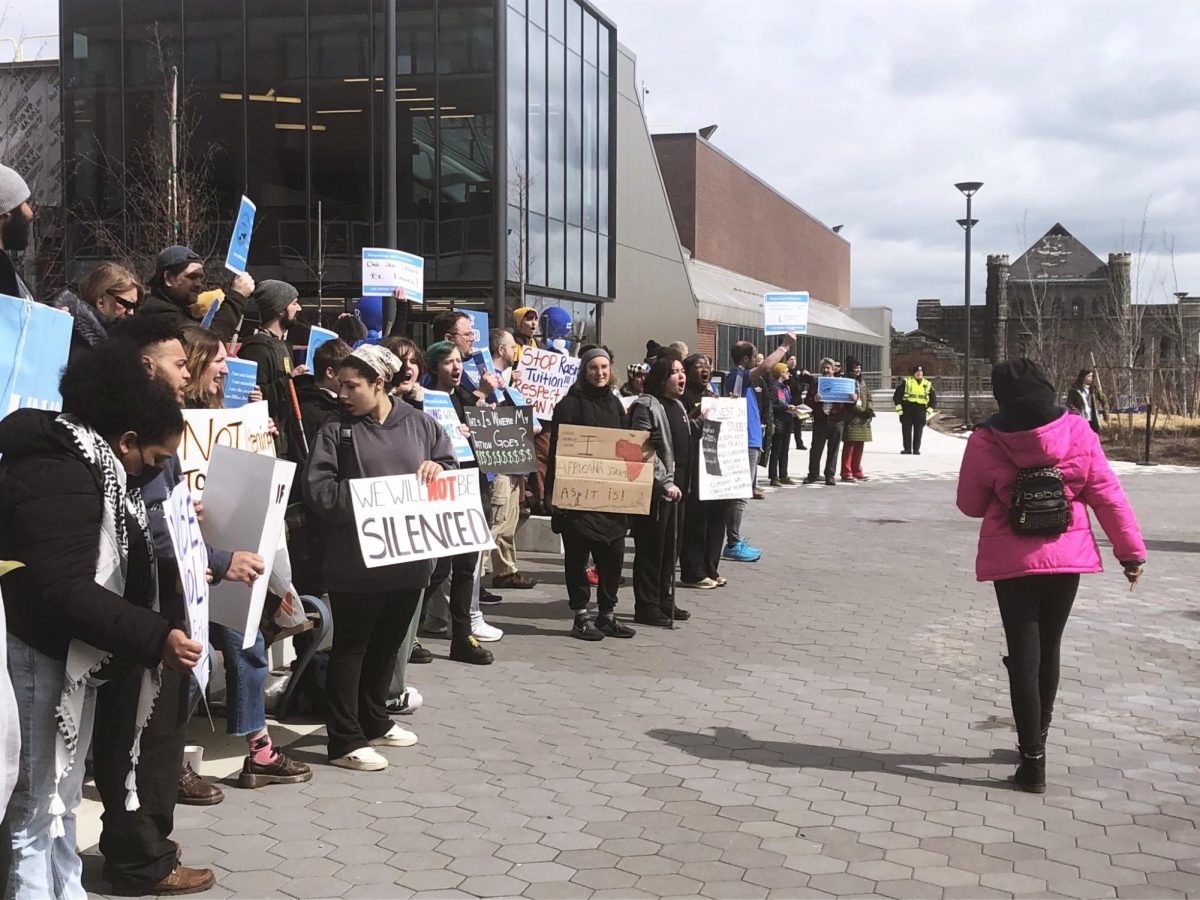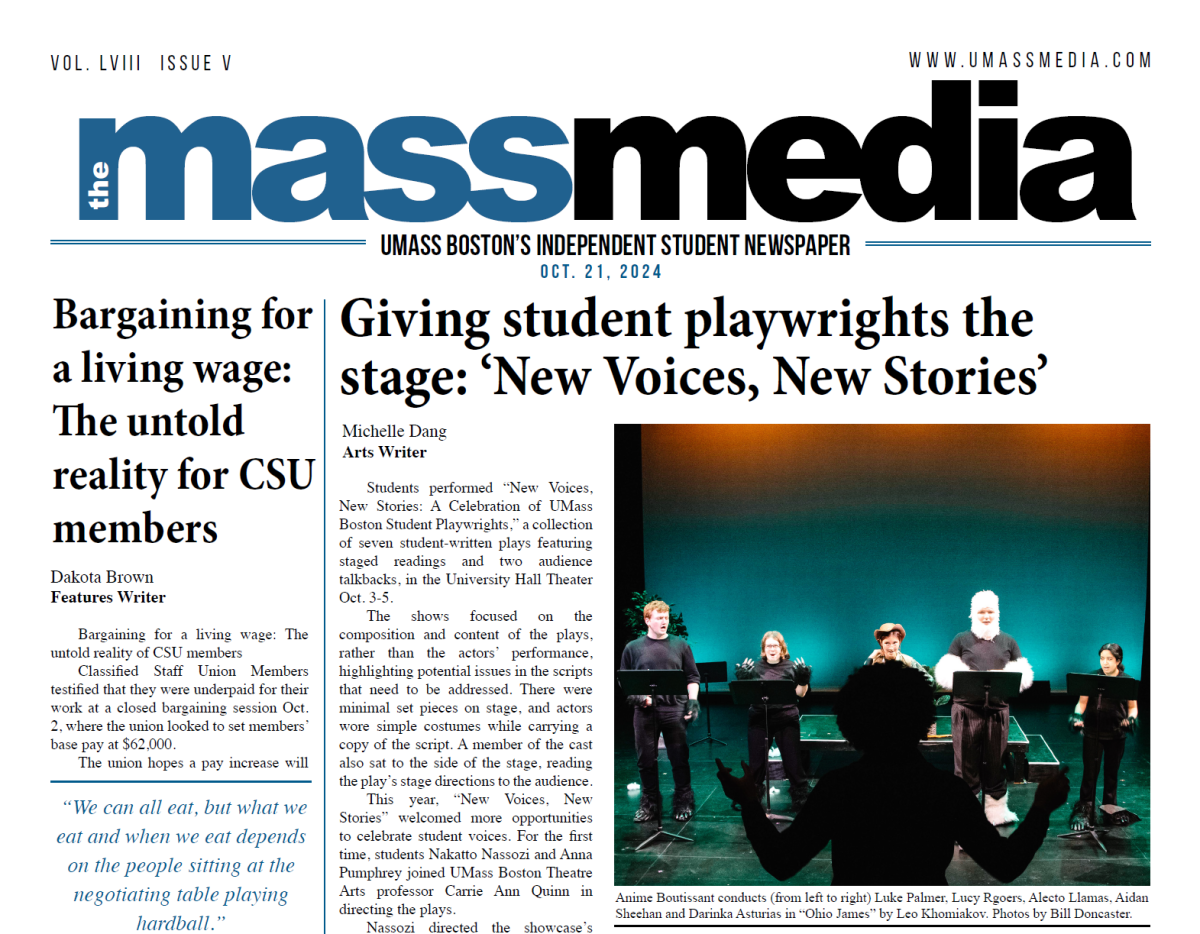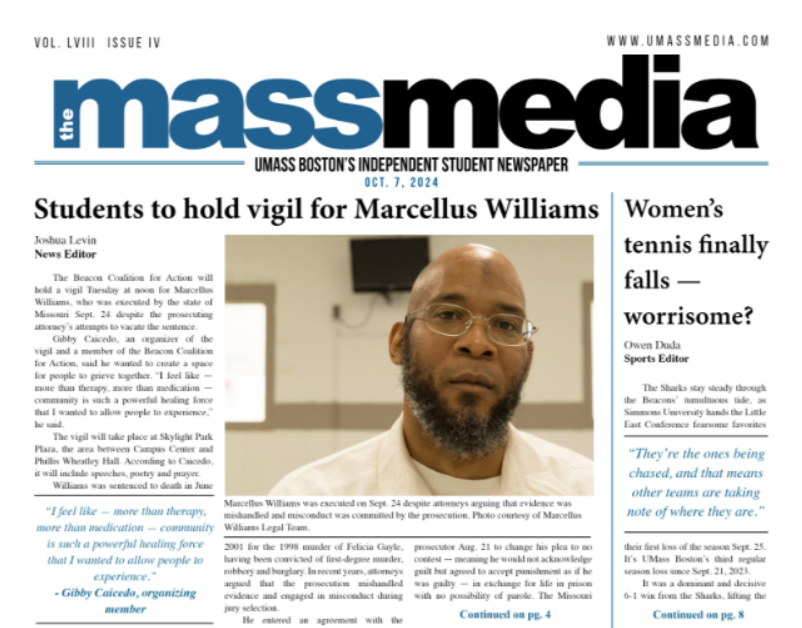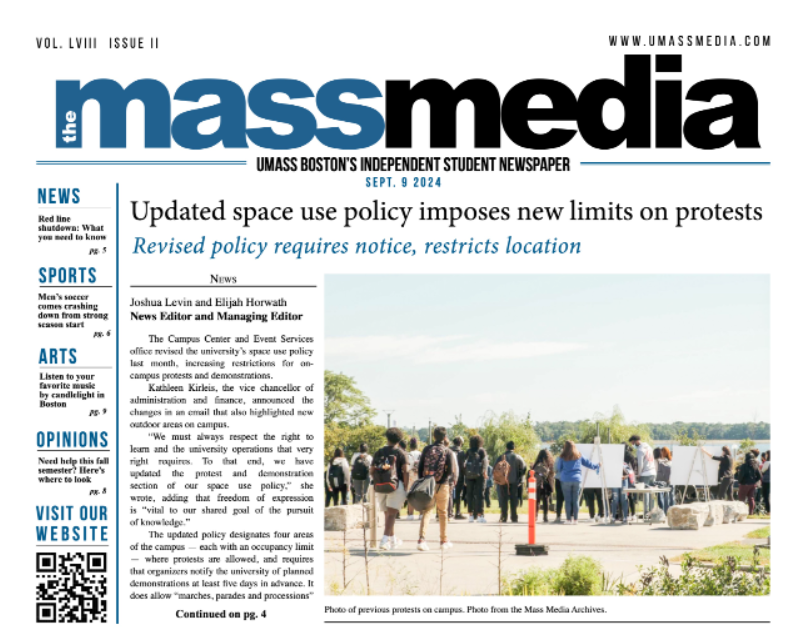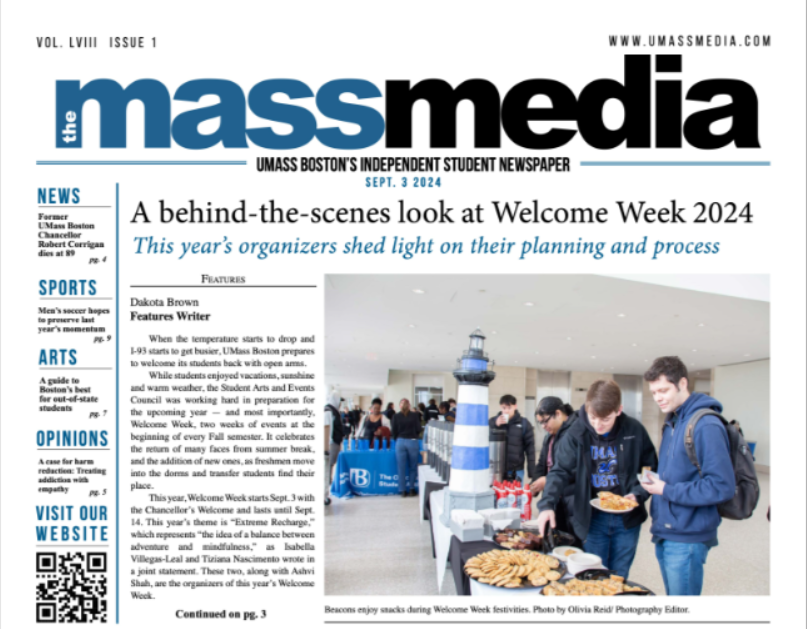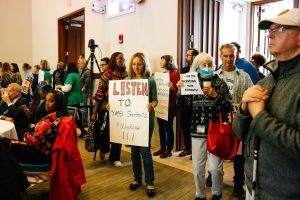Ill Communication

The Budget and Finance Committee weighs in all the options
April 25, 2006
Student Senate recently released their new budget proposal for the 2006-2007 semesters and as expected with most financial assessments, not everyone was pleased with the projected figures.
In the proposed Student Trust Budget, Student Centers were budgeted $1000 in start up funding, down from last year’s $3000. This proposal, if passed, would come as a 66% decrease in funding over the semester period. This, coupled with the $7000 cap on the total funding that any center can request from Student Senate on a case-by-case basis, would greatly limit both Student Center’s total available funding as well as their independence to function without the direct approval of Student Senate.
Brandon Gorham of the Queer Student Center, one of the nine centers whose budget is being reevaluated under the proposal, was quick to send out an email that detailed his concerns. He cited the 3.4% increase in tuitions and fees as just one example as to why this drastic funding cut was so confusing.
And his concerns were legitimate. With student enrollment having risen over the last semester, and the incoming fees of those students along with it, the question becomes why the proposed cuts?
Gorham says that the issue is not a conflict of interest between the two organizations or even an overall spending issue, but instead is a result of a lack of communication. He feels that this current budget situation is only a symptom of a much larger issue. “There is very little to almost no communication between the centers and Student Senate,” explains Brendon. “Since the construction of the [Campus Center], there has been increased communication between clubs and Centers, but not between Senate and clubs.”
Many members of Student Senate agree that the heart of the issue is a lack of communication. Alex Kulenovic, who is the chair of the Budget and Finance Committee that drafted the budget proposal, said committee members were acting in what they felt was the best interests of the centers. But once again, poor communication got in the way of constructive decision making.
In a letter from Kulenovic to the Student Centers that was issued following the original budget proposal, he explained some of the misinformation that led to the Budget and Finance committee’s decision. The Senate had asked an unnamed Student Life employee about whether Student Center start-up funds counted towards their funding request cap of $7000, which they were led to believe did. Thus, the Budget and Finance Committee were operating under the assumption that Student Center’s overall funding would remain the same.
As it turns out, the start-up funding does not come out of the $7000 funding request cap, and therefore the 66% decrease would be significant loss.
But Kulenovic stresses that coming up with a budget that meets everyone’s needs is a process, one that welcomes the input of Student Centers and anyone else that is interested. The committee will reconvene to reassess the budget, taking into account the new understanding of how Student Centers are being affected.
“With this new information, we’ll be able to consider the situation from scratch and try to make a decision that’s most fair to everyone,” said Kulenovic.
But the issue of increasing communication remains.
Student Senate did manage to make some attempt to get the input of the nine Student Centers before drafting the original proposal by handing out a funding usage forms which Centers were expected to fill out and return. In this, Student Senate did give an opportunity to allow Student Centers to inform the budget and finance committee of what their financing needs would be.
But the response to these requests was poor. Of the nine Student Centers, only three were able to return the form to senate. Of these three returned forms, only two had totals for their startup requests and of these two only one had requested over $1000.
Some members of the Student Centers complained that the forms did not address the real costs of operating a center, while others felt that the less than two weeks given to fill out the forms was not enough time.
This is where dialogue between Student Centers and Student Senate can easily break down to finger pointing. It is this very issue of communication that is at the center of problems like the recent budget.
“I think it’s hard for student volunteers,” says Kelly Meehan, the Director of Student Life, which oversees both Student Senate and Student Centers. “There is never a time when you can say every one will be able to attend these meetings, students have pretty busy schedules,” said Meehan. “When schedules are challenging you need to find other ways to communicate.”
But Meehan remains optimistic about bridging any perceived dived between these two student run organizations. “It’s not a constricting year. Enrollment is good and fees are increasing. We need to rethink the way senate and centers interact.”

